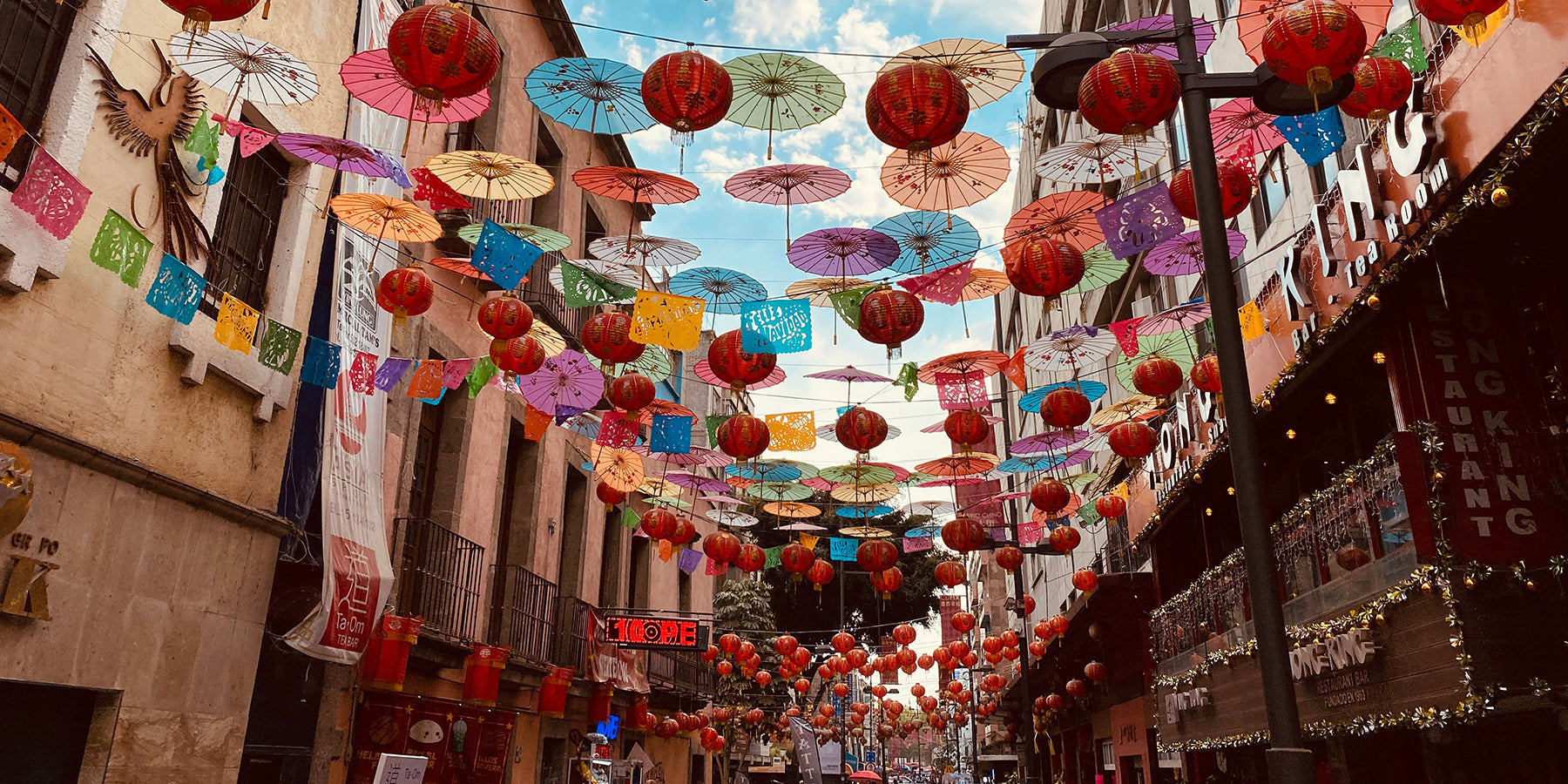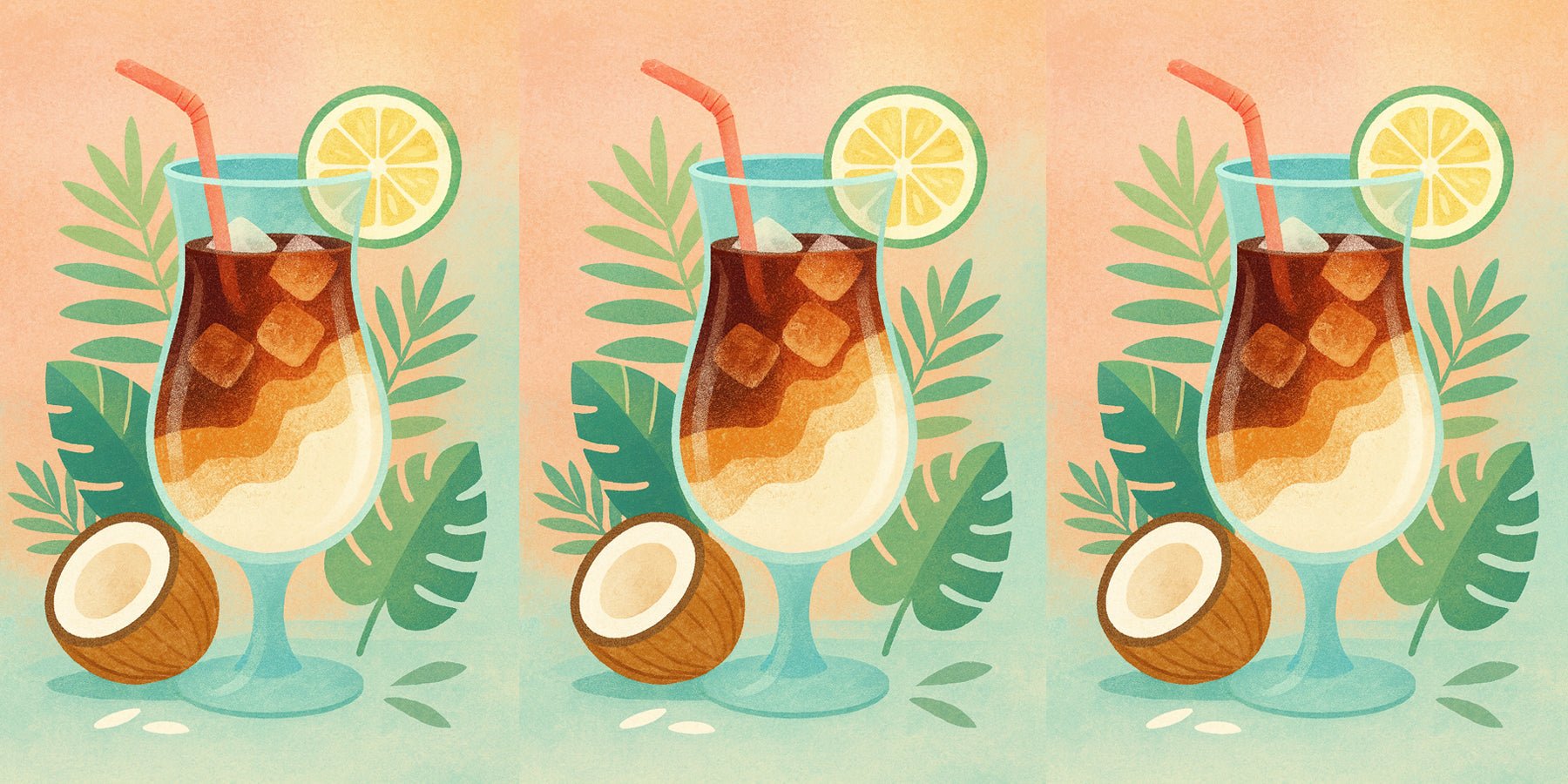Getting engaged is a special milestone in a couple’s life. It’s the moment when you affirm your love for each other and decide to build a future together. Getting engaged is a big moment all over the world, but how it’s done varies greatly from culture to culture. While in some countries an engagement ring is central, other traditions revolve around family, symbolic rituals or even lavish festivities. Are you curious about how other cultures celebrate love? Discover the most beautiful rituals here.
South Africa: Beads and Family
In South Africa, the family is central to engagement traditions. When a man decides to propose to his partner, it becomes a true family affair. The engagement only takes place after the man has paid the lobola , a traditional dowry consisting of cattle or money, as a symbol of respect for the bride’s family. Another fascinating ritual is the exchange of beads. In some communities, the groom gives his beloved a necklace of handmade beads, with each bead having a symbolic meaning, such as love, loyalty and unity.
France: simple yet elegant
In France, engagements are often celebrated in a subdued but stylish way, with engagement rings , just like in our country. There, it’s all about the baguette-cut engagement ring , which symbolizes refinement and class. In addition, it’s not uncommon for French couples to celebrate their engagement with an intimate dinner for two, where they uncork a bottle of champagne to celebrate the moment. Romance is key, and the focus is on the bond between the couple, rather than on lavish festivities.
India: A Spiritual Bond
In India, an engagement is not only a commitment between two lovers, but also between two families. The ceremony is often celebrated with a grand feast attended by family members from both sides. During the engagement, the future bride and groom exchange rings, and prayers are said for a blessed and happy marriage. One of the most notable customs in some parts of India is the Sagai ceremony , in which the groom gives his bride a sacred symbol of love, such as a bracelet or piece of jewelry. Often, the date of the engagement is determined based on astrology, to increase the chances of success and happiness.

Japan: The Betrothal Gift
In Japan, engagement is not a fleeting decision; it is a well-thought-out step that is carefully planned. Traditionally, a yuino ceremony is held, involving both families. During this ceremony, gifts are exchanged, including money and symbolic items such as a fan (for good luck) and a piece of dried kelp (for fertility). This ceremony symbolizes the approval of both families and represents a prosperous and happy marriage.
Kenya: Masai Rituals and Symbolism
In the Maasai culture of Kenya, the community plays a major role in the engagement process. When a couple gets engaged, the ceremony is celebrated with dancing, singing and special rituals. The groom presents the bride with traditional jewelry, such as beaded necklaces, which are an important symbol of their union. In addition, it is customary for the groom to give a wooden staff or stick, which represents strength and protection in the marriage. All of this takes place under the watchful eye of the extended community, with everyone playing a role in blessing the union.
Scotland: Joining Hands
In Scotland, a traditional engagement is often as symbolic as the marriage itself. One of the most romantic rituals is the handfasting , an ancient Celtic custom in which the couple's hands are literally linked together with ribbons or ropes. This symbolizes unity and the promise to be together forever. In some parts of Scotland, lovers also exchange claddagh rings , which symbolize love (heart), friendship (hands), and fidelity (crown). These rings are worn with the point facing outwards during the engagement, and are turned inwards once the couple is married.
Mexico: Sharing a Rosary
In Mexico, religion plays an important role in the engagement process. In addition to exchanging rings, a rosary is often shared during the engagement ceremony, which represents the spiritual connection between the two lovers. Another characteristic of Mexican engagements is the las arras ritual, in which the groom gives his bride thirteen gold coins. These coins symbolize prosperity and the promise to care for each other, both financially and emotionally.
A world full of love and rituals
From colorful ceremonies to symbolic gifts, engagement traditions around the world show that love is celebrated in beautiful ways across cultures. Each country has its own unique way of sealing an engagement, but one thing remains the same: the promise of a lifetime together.












Interesting? Share with someone:
10 x Tarot gift ideas (and all of them are fun)
Skincare for Men: Basic Tips He Needs